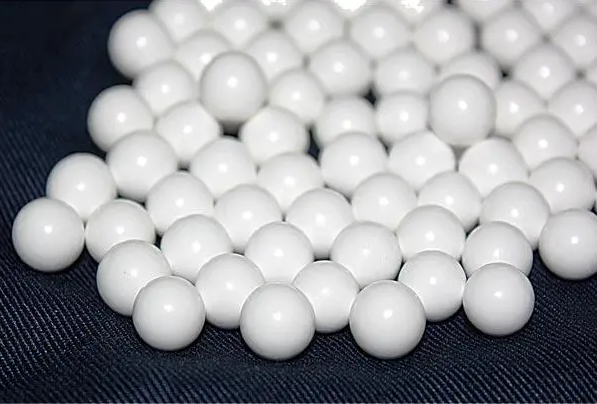Ceramic grinding balls can be divided into many types according to their material composition and characteristics. Here are some of the main types of ceramic grinding balls:
Alumina ceramic grinding balls: This type of grinding ball is made of bauxite, industrial alumina powder, etc. According to the different alumina content, alumina ceramic grinding balls can be divided into medium-aluminum balls, medium-high-aluminum balls and high-aluminum balls. Among them, high-aluminum balls are widely used in the finishing and deep processing of thick and hard materials in industries such as ceramics, enamels, glass, and chemicals due to their high strength, high hardness, high wear resistance, high temperature resistance, and corrosion resistance.
Zirconia ceramic grinding balls: Zirconia ceramic grinding balls are another important ceramic grinding ball. It has excellent wear resistance and hardness, so it is used in many demanding grinding tasks.
Zirconium silicate ceramic grinding balls: Zirconium silicate ceramic grinding balls are also a common type. Its characteristics are different from those of alumina and zirconia grinding balls, but they may have unique advantages in some specific grinding applications.
Other silicate grinding balls: In addition to the above-mentioned main ceramic grinding balls, there are some other silicate grinding balls, such as quartz glass balls and grinding balls made of kaolin, feldspar, and quartz. These grinding balls are widely used in the ceramic and building materials industries because they do not introduce impurities and the wear of the grinding media can be taken into account when calculating the ingredients.
In addition, ceramic grinding balls can also be classified according to size, such as grinding balls (usually between 4 and 12 mm in diameter) and grinding micro beads (usually between 0.2 and 3.0 mm in diameter).
There are many types of ceramic grinding balls, and the selection needs to be comprehensively considered according to the specific grinding needs, material characteristics, and equipment requirements.



